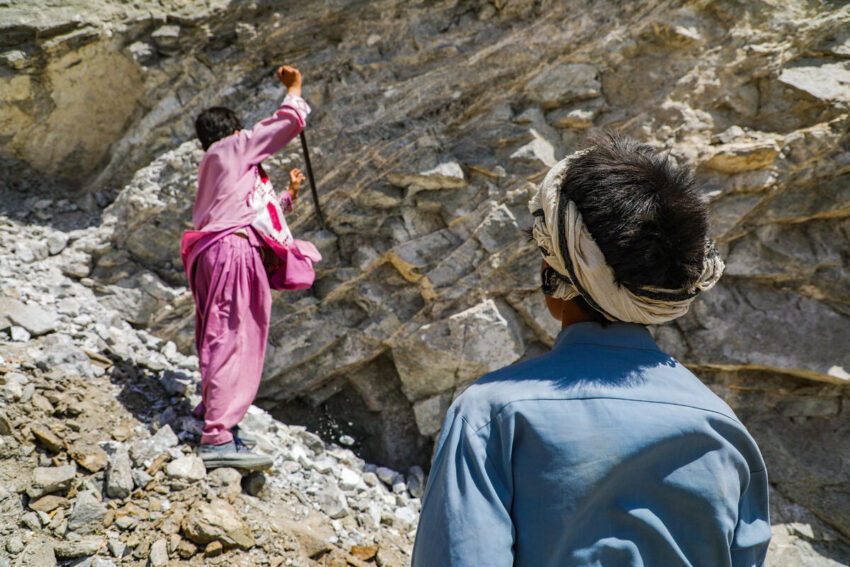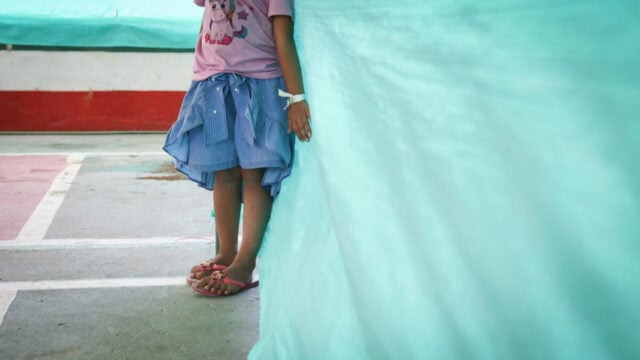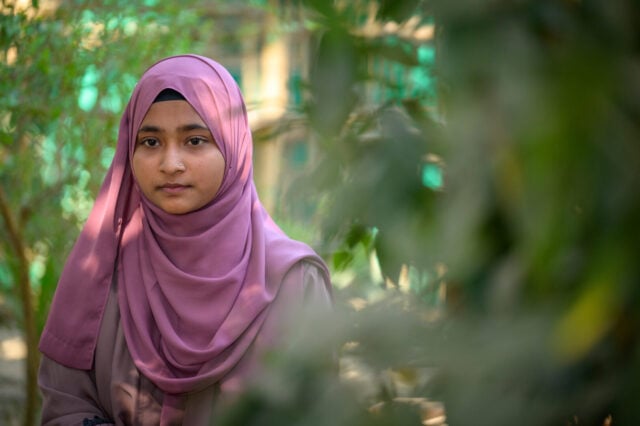Today, nearly 1 in 10 children worldwide are engaged in labor that denies them their basic human rights and jeopardizes their well-being. Child labor has been on the rise in recent years, driven by conflicts, crises, and the negative impacts of the COVID-19 pandemic, which have pushed countless families deeper into poverty, according to the United Nations. For these children, the struggle for survival has taken away their education, safety, and childhood. Despite global efforts, economic growth has not been enough to alleviate the hardships that force families to depend on child labor.
Child labor: Facts, FAQs, and how to help
- Fast facts: Child labor
- What is child labor?
- Why is child labor a problem, and where is it prevalent?
- What are the worst forms of child labor?
- What is the primary driver of child labor?
- Has child labor increased or decreased over time?
- What is World Vision doing to end child labor?
- How can I help end child labor?
- Child labor history
Fast facts: Child labor
- Child labor, by definition, is a violation of child protection and human rights.
- Approximately 160 million children have been forced into child labor since 2020. Of these children, 63 million were girls, and 97 million were boys. And nearly half of those young laborers — 79 million children — worked under hazardous conditions.
- 1 in 3 children in child labor are out of school.
- Approximately 70% (112 million) of child laborers work in agriculture like farming and livestock herding.
- Sub-Saharan Africa has the highest number of child laborers at 86.6 million children, followed by Central and Southern Asia with 26.3 million.
- June 12 marks the United Nations–sanctioned World Day Against Child Labour, a time to reflect on young workers deprived of their childhood, education, and a rightful future.
What is child labor?
Child labor is the exploitation of children who are either too young to work or are engaged in work that compromises their physical, mental, social, or educational development. Children, especially vulnerable during their early developmental years, are at risk of injuries that may not become evident as physical and mental health problems until later stages of life.
Why is child labor a problem, and where is it prevalent?
Child labor affects millions of children around the globe by depriving them of their childhood, education, and fundamental human rights. It poses risks of physical, emotional, and psychological harm to those involved.
Data from the U.N. Children’s Fund (UNICEF) shows that slightly more than 1 in 5 children in the world’s poorest countries engage in potentially harmful work, as of 2023. This issue is prevalent in areas of insecurity and armed conflict.
Sub-Saharan Africa has the highest number of child laborers, with nearly 24% of children aged 5 to 17 engaged in child labor. Factors contributing to child labor in low-income countries include family poverty and inadequate education. However, child labor isn’t limited to low-income countries. It persists to some extent in all countries: More than half of all child laborers live in middle-income countries.

David, the eldest of five children in the Democratic Republic of the Congo (DRC), became the sole provider at age 13 after his father left in 2022. Working in a quarry, David faced daily hardships. However, World Vision came alongside David and his family, as it has for other children like him. Through community awareness campaigns and targeted interventions, World Vision helped facilitate David’s return to school with support from RECOPE (a community child protection network) in Haut-Katanga province. World Vision continues to support the Congolese government’s efforts to safeguard children’s rights in the DRC.
What are the worst forms of child labor?
The International Labour Organization (ILO) Convention No. 182 demands that hazardous and morally damaging labor practices for children be immediately and completely eliminated. The worst forms of child labor, as defined by this document, include:
- Slavery or similar practices
- Child trafficking
- Forced recruitment into armed conflict
- Prostitution and pornography
- Drug production and trafficking or other illegal acts
- Debt bondage
- Hazardous work that can cause injury or moral corruption
What is the primary driver of child labor?
Poverty is the primary reason children are forced to work, perpetuating a crushing cycle that denies them education, a crucial tool to break free from poverty. According to the ILO, approximately 70% of child laborers toil in agriculture. Others work long hours in factories and domestic service or face even more exploitative forms of labor — like as child soldiers or being exploited in the commercial sex trade.
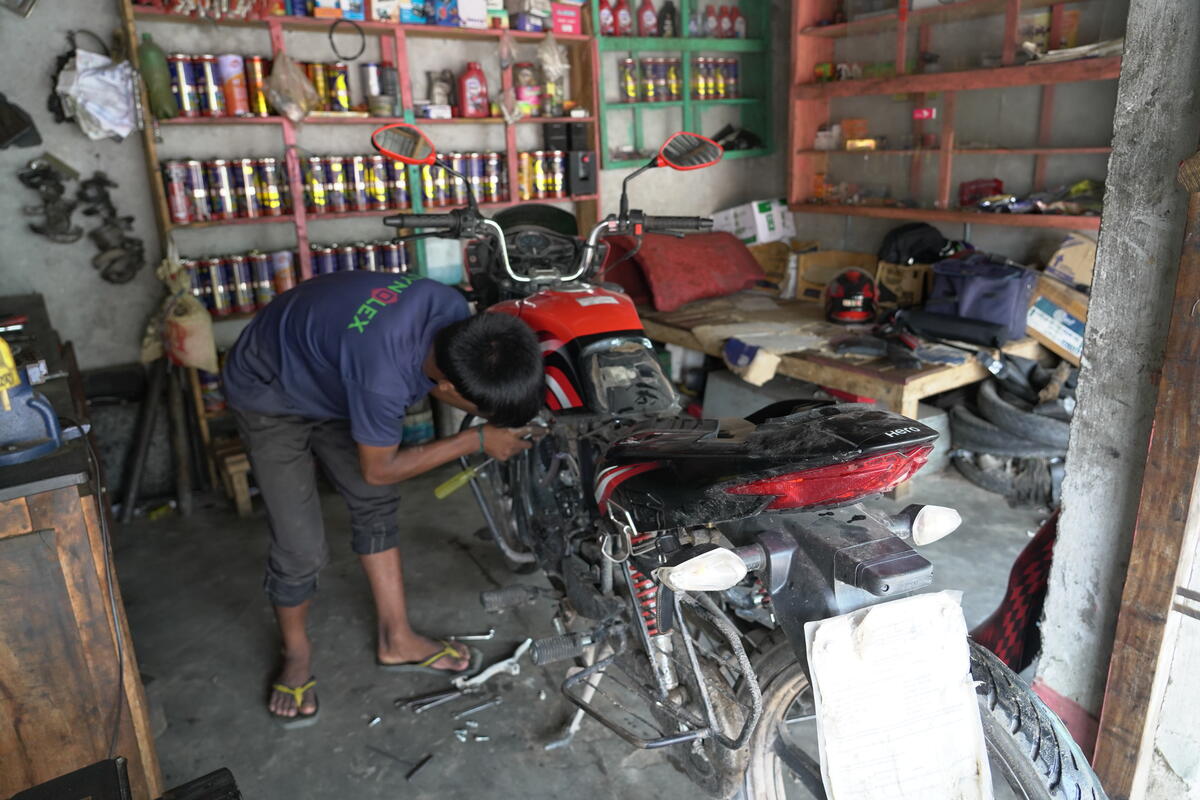
“The work I do at the workshop is very painful. I often get cuts and bruises on my hands and I have to lift very heavy machinery,” says Sajal*, a child laborer in Bangladesh. “I don’t want to work here but I will starve if I don’t work. The kids I used to go to school with now bully me sometimes. They tell me that I don’t belong with them anymore now that I have to work while they get to go to school.”
*Name changed to protect identity.
Has child labor increased or decreased over time?
According to a joint UNICEF and ILO publication, child labor worldwide increased to 160 million in 2020, up by 8.4 million in several years. This marked the first halt in global progress to end child labor in over two decades. In sub-Saharan Africa, factors like population growth and extreme poverty added 16.6 million children to child labor in the last several years. UNICEF and the ILO emphasized that the global impacts of COVID-19 and extreme weather events could threaten millions of additional children.
What is World Vision doing to end child labor?
At World Vision, we strive to eliminate child labor and help equip communities for long-term transformation. By placing children at the heart of our work, we empower them to understand their rights and strive toward their own well-being. Together with parents and communities, we support the building of protective environments, working toward a world where no child’s future is stolen by labor exploitation.
Our initiatives focus on:
- Enhancing teaching quality and improving learning spaces through educational services
- Supporting parents to improve their incomes and food security, eliminating the need for children to work
- Advocating for the enactment and enforcement of national child labor laws
- Promoting social accountability for communities, governments, and businesses
- Equipping communities, including faith leaders, parents, and community groups, to monitor vulnerable children to prevent hazardous work
- Promoting decent work for youth who are above the minimum working age through training, life skills, and entrepreneurship, coupled with access to savings and credit services
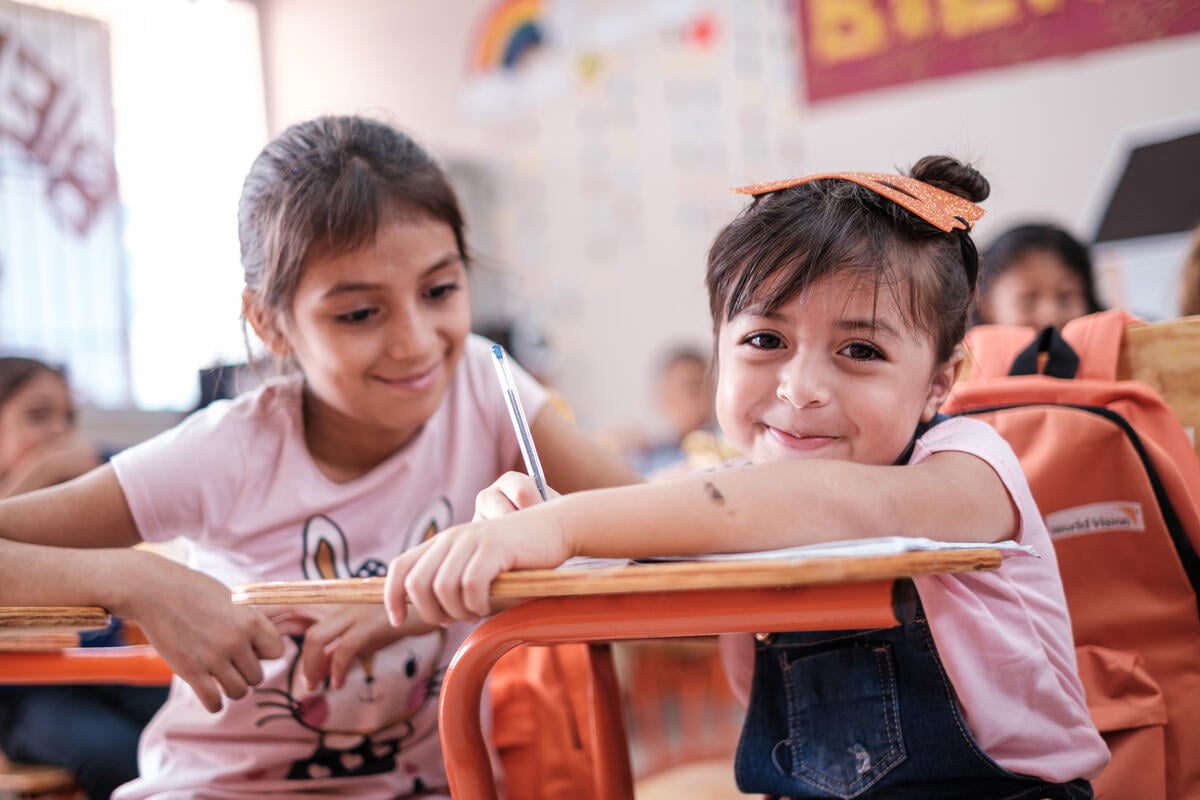
World Vision, in partnership with the Association of Coffee Exporters of Honduras and Jacobs Douwe Egberts, a global coffee and tea company, has opened child care and development centers in Honduras’ coffee regions to prevent child labor. By offering spaces for children like these two girls during the harvest season where they can gain valuable skills in a safe environment while their parents work, we’re tackling the persistence of child labor. (© 2022 World Vision/photo by Andre Guardiola)
Discover more about World Vision’s Bright Futures project aimed at reducing child labor in Honduras.
How can I help end child labor?
- Pray: Join us in praying for all children who are trapped in labor.
- Give: Support programs that aim to protect kids from labor and other forms of exploitation, abuse, and violence.
- Sponsor a child: By investing in a child’s life, you’ll help equip them for brighter futures. Child sponsorship benefits entire communities through programs like education and resources that help children stay in school and create better job opportunities for them to pursue as adults.
Child labor history
Throughout history, children have supported their families through farming and handicrafts. However, the Industrial Revolution of the 18th and 19th centuries brought about significant changes, leading to the exploitation of children in factories and farms under hazardous conditions. This prompted the creation of laws to regulate working conditions for kids and mandate education. Key milestones in child labor history:
1938: The U.S. Fair Labor Standards Act restricted the hours and types of jobs for individuals under age 16.
1973: The Minimum Age Convention, ratified by 172 countries, established the minimum age for employment with some exceptions.
1989: The U.N. Convention on the Rights of the Child was enacted to ensure the protection of children’s rights to develop and thrive.
1992: The International Programme on the Elimination of Child Labour (IPEC) was established to promote the global eradication of this practice and to support countries in their efforts.
1999: The Worst Forms of Child Labour Convention, ratified by 186 countries, mandated the elimination of practices such as slavery, human trafficking, debt bondage, forced labor in armed conflict, prostitution, pornography, drug trafficking, and other illegal activities.
2021: The U.N. General Assembly declared 2021 as the Year for the Elimination of Child Labor.
2025: Target 8.7 of the U.N.’s Sustainable Development Goals seeks to end all forms of child labor by 2025.
Sevil Omer of World Vision’s U.S. staff contributed to this article.
